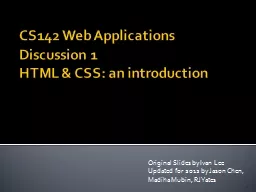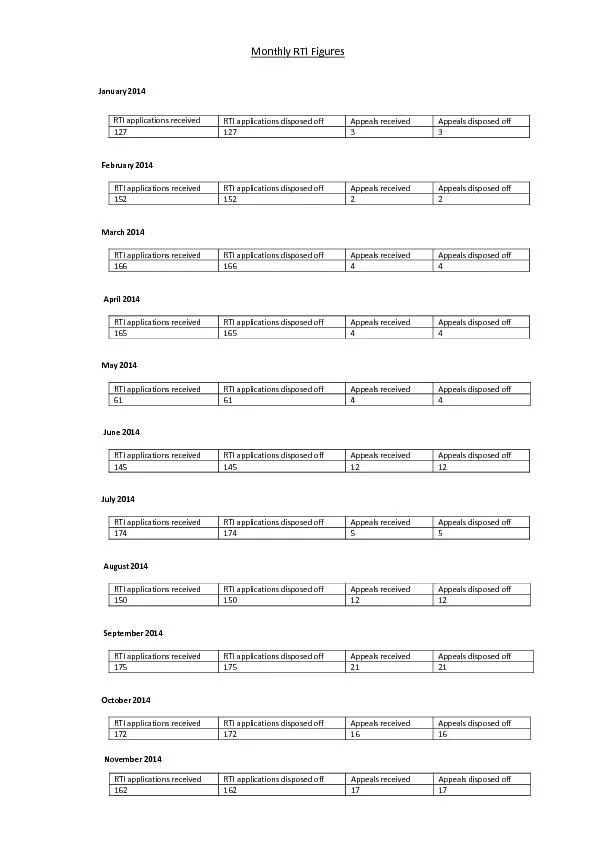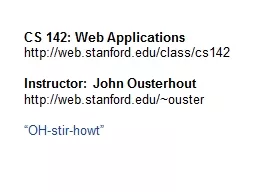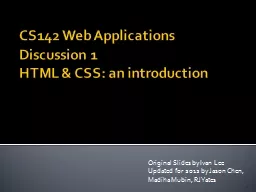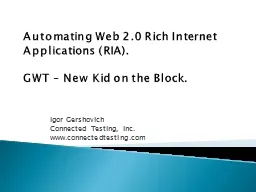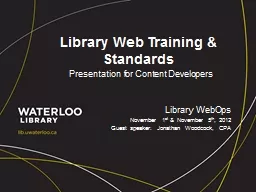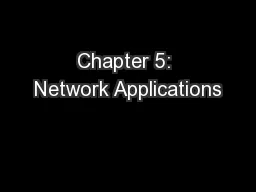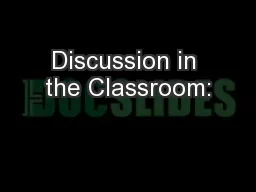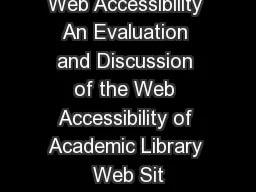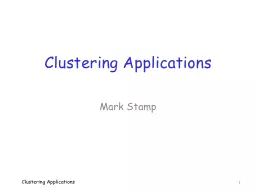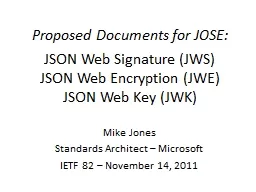PPT-CS142 Web Applications Discussion 1
Author : khadtale | Published Date : 2020-06-16
HTML amp CSS an introduction Original Slides by Ivan Lee Updated for 2012 by Jason Chen Madiha Mubin RJ Yates 1 HTMLCSS Editors Mac TextEdit TextMate Coda editor
Presentation Embed Code
Download Presentation
Download Presentation The PPT/PDF document "CS142 Web Applications Discussion 1" is the property of its rightful owner. Permission is granted to download and print the materials on this website for personal, non-commercial use only, and to display it on your personal computer provided you do not modify the materials and that you retain all copyright notices contained in the materials. By downloading content from our website, you accept the terms of this agreement.
CS142 Web Applications Discussion 1: Transcript
Download Rules Of Document
"CS142 Web Applications Discussion 1"The content belongs to its owner. You may download and print it for personal use, without modification, and keep all copyright notices. By downloading, you agree to these terms.
Related Documents

